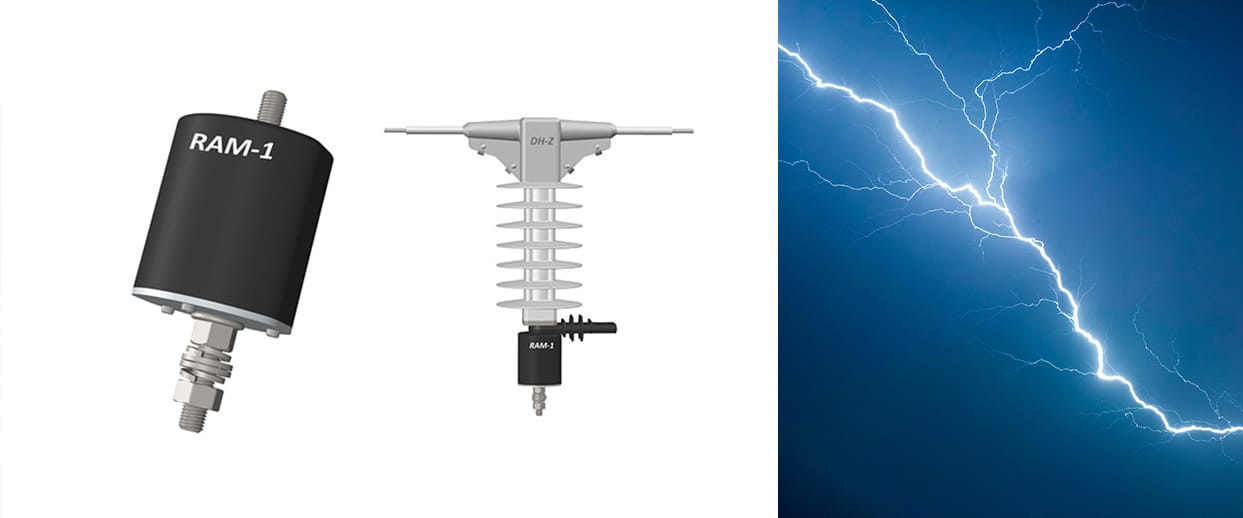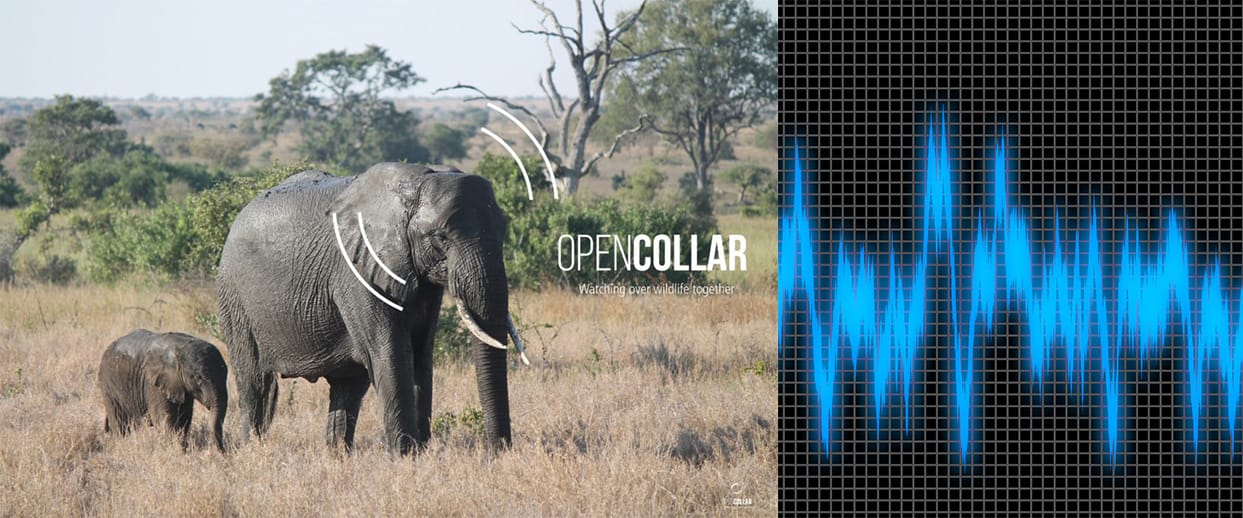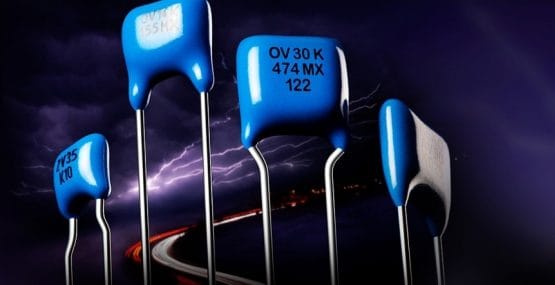This decade started with the rapid growth of connectivity options such as BLE5, LoRaWAN, NB-IoT, satellite technologies, and many other exciting options. In particular, the power consumption of the devices has decreased an order of magnitude on the processing and communication front, leading to the capability of acquiring a large amount of sensor data at very low power while being power and cost limited to only send a handful of measurements.
At IRNAS, we work with a global range of customers from industrial sensing in critical infrastructure to remote monitoring of animals all over the globe. All are projects with a common denominator – low-power operation and the need for advanced sensing, where limits of algorithm-based processing are quickly reached.
We are proud to let you know that we’ve partnered with Edge Impulse to deliver efficient, power-optimized on-device machine learning solutions so we can increase the added value of our deliveries. We are excited to be able to begin to unlock endless possibilities for our customers through machine learning by making our devices smarter.
Why on-device machine learning?
Take an oversimplified example of a temperature sensor, which measures the temperature every 1s and averages it to one value per hour. Effectively, only a single property has been extracted from the 3600 data points that are then thrown away. Given the power has already been used to acquire the measurements, it is worth exploring what more useful information can be extracted from this data and thus increasing the added value of the solution.
A second important perspective is the power of effective data acquisition of multi-dimensional data structures, particularly images and audio. These create particularly large data sets not suitable for real-time transmission to the cloud using IoT technologies or in low-power configurations. Assume about 30 uWh is used per 640×480 image capture in compressed form of size at least 100kB. Taking LoRaWAN for example, the power required per 50-byte frame is in the range of 10-250 uWh, depending on the spread factor. While it is not feasible to send the full image via LoRaWAN, the theoretical power consumption would be orders of magnitude greater than capturing the image.
Combining both critical aspects, the availability of low-power efficient capture of a large amount of sensor data, and low-power data transmission over long-range, there is a clear opportunity for the integration of machine learning into IoT products.
The following projects we work on with our customers demonstrate some hands-on applications of machine learning and are today at various stages of the development cycle. Ranging from industrial monitoring to animal conservation, they all represent advanced applied solutions on real-world scenarios.
Izoelektro RAM-1 surge arrestor monitoring

Surge arrestors are protective devices installed on high voltage power lines and transformers that detect events like a lightning strike or similar. This ensures the infrastructure is never left unprotected. Given these devices are installed on the wires and couple to the electrical field, there is an opportunity to further explore the information available from there and sense several effects indirectly.
Events like a branch falling onto the wire (which can cause a fire), poor connections causing intermittent arcing or just the wire touching the ground somewhere will result in a change of the electric field which causes disturbances and noise in the monitoring process.
At IRNAS, we have been working with Izoelektro to create the most advanced solution, RAM-1, with more than a decade of battery life. By using the streamlined machine learning process of Edge Impulse with the support of Arm, the devices can be made smarter at minimal additional power consumption penalty. This way we can train the devices to reliably classify various events and send an alarm only on ones that actually require human intervention.
ElephantEdge animal conservation and industrial IoT tracker

Protecting animals is a complex task and trackers play an important role. The particularly interesting application is detecting dangerous and erratic elephant behavior and creating early warnings to minimize the human-wildlife conflict. We are part of the team that develops the most advanced Open collar trackers, together with Avnet, Hackster.io, Nordic Semiconductors, Smart Parks, and others. Read about the Hackster Elephant Edge challenge here!
Using Edge Impulse to analyze motion and sound data to classify and generate events adds another layer to the very efficient GPS tracking and LoRaWAN connectivity. With on-device real-time event detection, making the device much smarter.
Advanced technology implemented here directly maps to industrial use-cases that need to withstand the harshest conditions. This is particularly applicable to monitoring machines and other valuable assets in versatile environments.
Keko-Varicon varistor semiconductor yield optimization

Industrial processes in the semiconductor and other industries are affected by the environmental parameters and require close control. Tight environmental control is difficult to implement and the impact of each parameter can not be clearly defined. IRNAS team has been working with Keko-Varicon for the past two years on the development of next-generation varistors and as part of this process, we have been improving the quality and yield of the manufacturing process. The recent availability of the Edge Impulse toolset has streamlined the process of correlating yield data to the various environmental effects experienced by the parts during the process to create a real-time warning system when intermediate environmental effects are detected. While this is very process specific, the overall methodology of in-process tracking applies to various industrial processes.
IRNAS machine learning vision
At IRNAS, we have been combining the experience with IoT devices and analytical methods in various solutions that have been used by a wide range of customers. The majority of these solutions have plenty of technical capacity left that could be occupied by machine learning. As shown, such upgrades offer great improvements in the value our solutions provide to the user.
Partnership with Edge Impulse brings that closer to reality as the streamlined process decreases the overall complexity and enables a much faster time to market, making these solutions much more affordable. We look forward to exploring these applications in the near future!
Luka Mustafa is the founder and CEO of Irnas. Learn more at https://www.irnas.eu.
